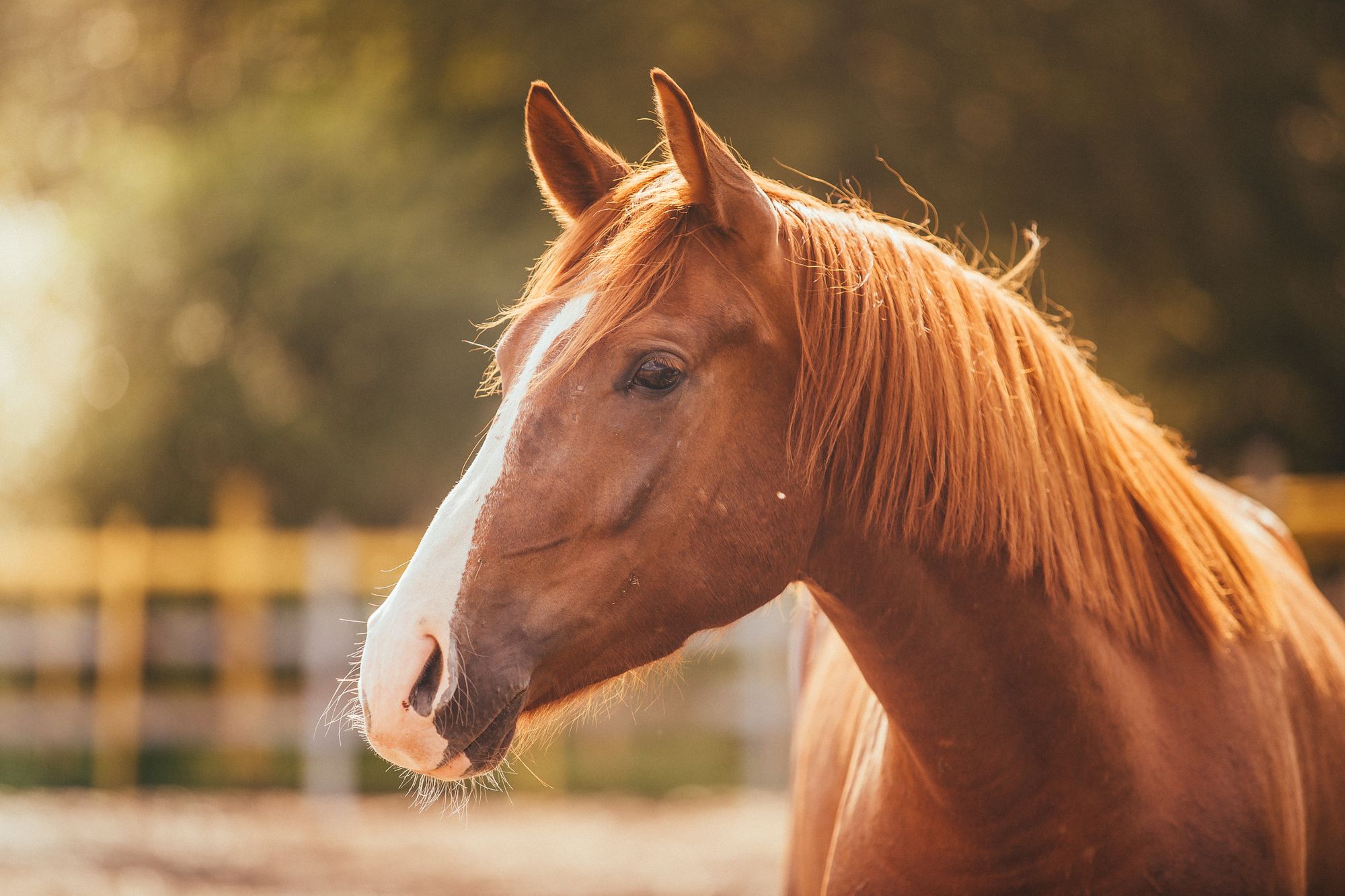Can You Make Money From Equine Investments?
Learn if equine investing is worth it. Discover the real costs, risks, and potential rewards of owning a racehorse for profit.

For many approaching retirement, there comes a time when potential investment opportunities become a feasible approach when it comes to safeguarding the future of family members.
However, investments can come in all shapes and sizes, but there is a need for any to be an enjoyable experience for those making the transaction.
Therefore, there have been a growing number of people looking to put money into horse racing.
It is most common among those that have been long-time fans of the sport, while there is a growing audience coming into the sport that are typically assessing the best bets available here: https://www.twinspires.com/edge/racing/wagering/
But, can money be returned on an investment in a racehorse?
Expensive First Steps
Horse racing is not a cheap investment for those weighing up the options. This can be reflected in the prices that potential owners may be required to fork out when buying a runner.
The price of a horse will depend on their pedigree, with yearlings from a family of proven winners typically selling for higher fees at auction. This was only reflected earlier this year when a colt by Sea The Stars was sold for around $5.2 million.
Yearlings of this pedigree will not come cheap, but they should present plenty of upside, as they should have the ability to compete in some of the world’s best races. However, horses don’t need to be brought for high fees, as the average horse is sold at between $20,000 and $50,000. Potential owners can also pick up untapped gems, with Hewick famously being brought for under $1,000.
Since then, he was won just under $2 million in prize money, including victories in the G1 King George Chase and the American Grand National.
Keeping a Horse in Training
Unlike other investments, owners will not stop putting money into a horse once they have brought a runner. Instead, the fees increase rapidly. Firstly, an owner must put their runner into a training yard, which can typically cost up to $120 daily depending on the reputation of the trainer.
Therefore, up to $50,000 could be spent annually to keep a horse in training. As well as this, owners will also be expected to pay stabling fees, which could cost up to $20,000, depending on the level of service that is provided.
Meanwhile, veterinary care and supplements should also be considered, with these costing in the region of $20,000 per year. Finally, farriers and equipment supplies should also be considered.
However, investors will typically take out insurance, which is usually at the cost of 2.5% of the horse’s value. This can help safeguard any potential investment should your runner pick up an injury and are unable to compete on the track.
Racing
When a horse is ready to compete on track, they can be officially entered to race. The price to run a runner will depend on the prestige of the race that they are entering, with Grade Ones typically seeing a pricier entry fee.
As one of the most iconic racing on the calendar, all owners will dream of winning the Kentucky Derby, but this can also be an expensive venture. For the 2025 Derby, it cost $600 to nominate a horse, before two lots of $25,000 is required to enter the race and to line-up in the field.
Before even lining up in the race, owners must also run their equine in qualifying races, which could mean up to $175,000 in costs to secure a spot in the gates at Churchill Downs. However, the dream remains a sought-after ambition for many owners, as the rewards will make the investment worth it.
The owner of the Kentucky Derby victor will take home $2.4 million of the $5 winnings, with the remaining funds going toward the trainer and jockey. Therefore, while it may be an expensive race to enter, it can be a massively lucrative purse if you’re a successful owner of a Derby winner.
Be Aware Of The Risks
There are certainly safer investment opportunities than buying a racehorse, but the passionate fans of the sport will see more of the positives than the negatives. Being connected with a horse will ensure that owners can get exclusive access to the parade, and the hope of winning a race, no matter how big or small, will be a driving factor.
However, for investors it is high-risk. It was found by The Jockey Club that owners typically only recoup around 40% of their annual expenses through prize money, which doesn’t even take into account the price that was paid to buy a runner.
Meanwhile, there is always the risk of injury within the sport, meaning that it is a high-risk venture. This is indicated by the fact that a staggering 30% of the thoroughbreds don’t even make it to the track due to reasons such of injury and lack of speed.
This content is for informational purposes only and should not be considered financial advice. Always consult a licensed financial professional before making investment decisions.


